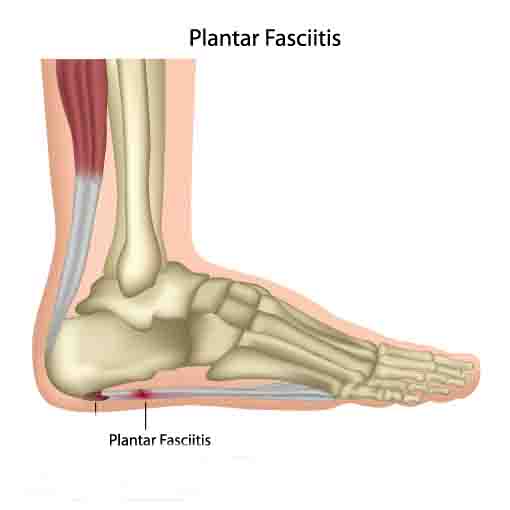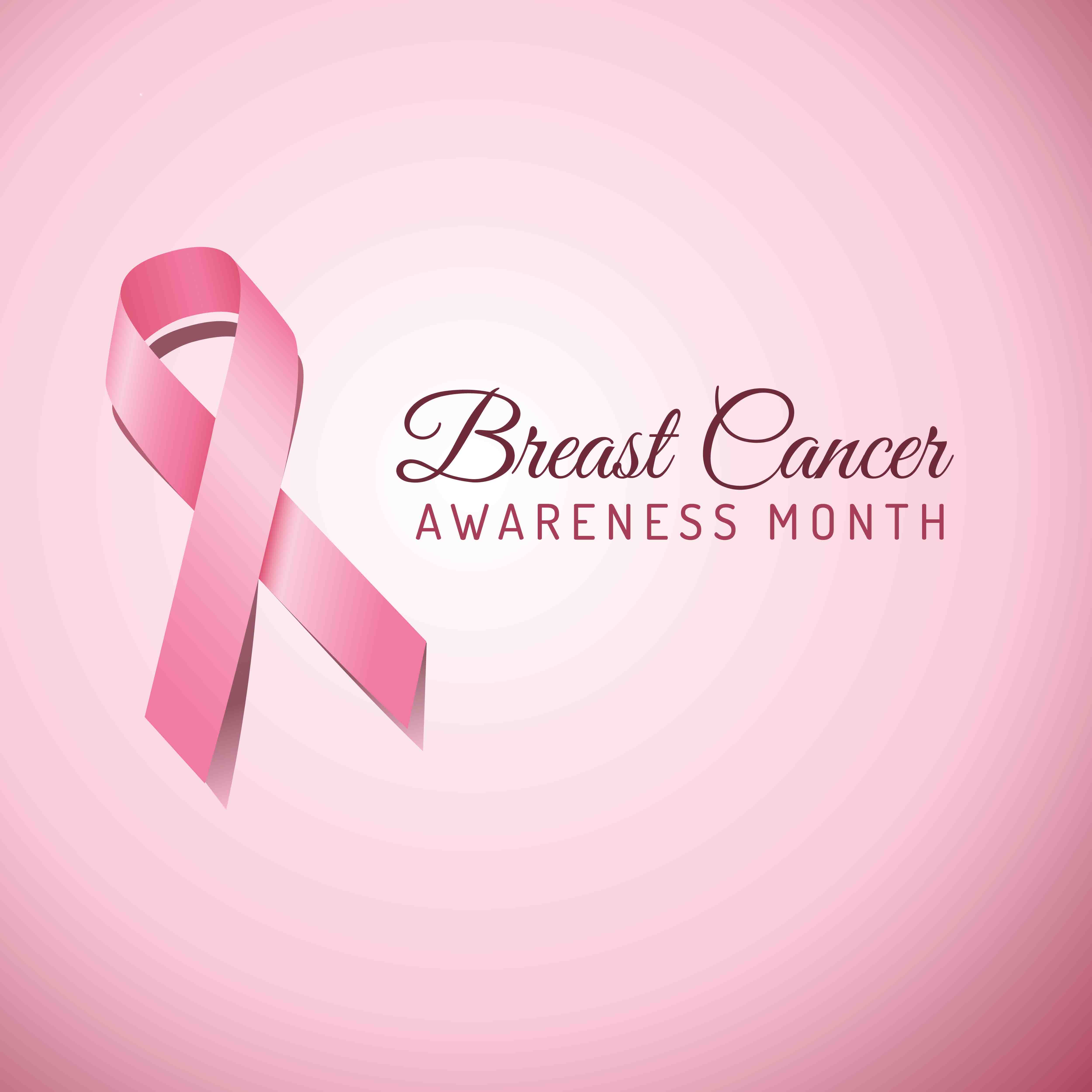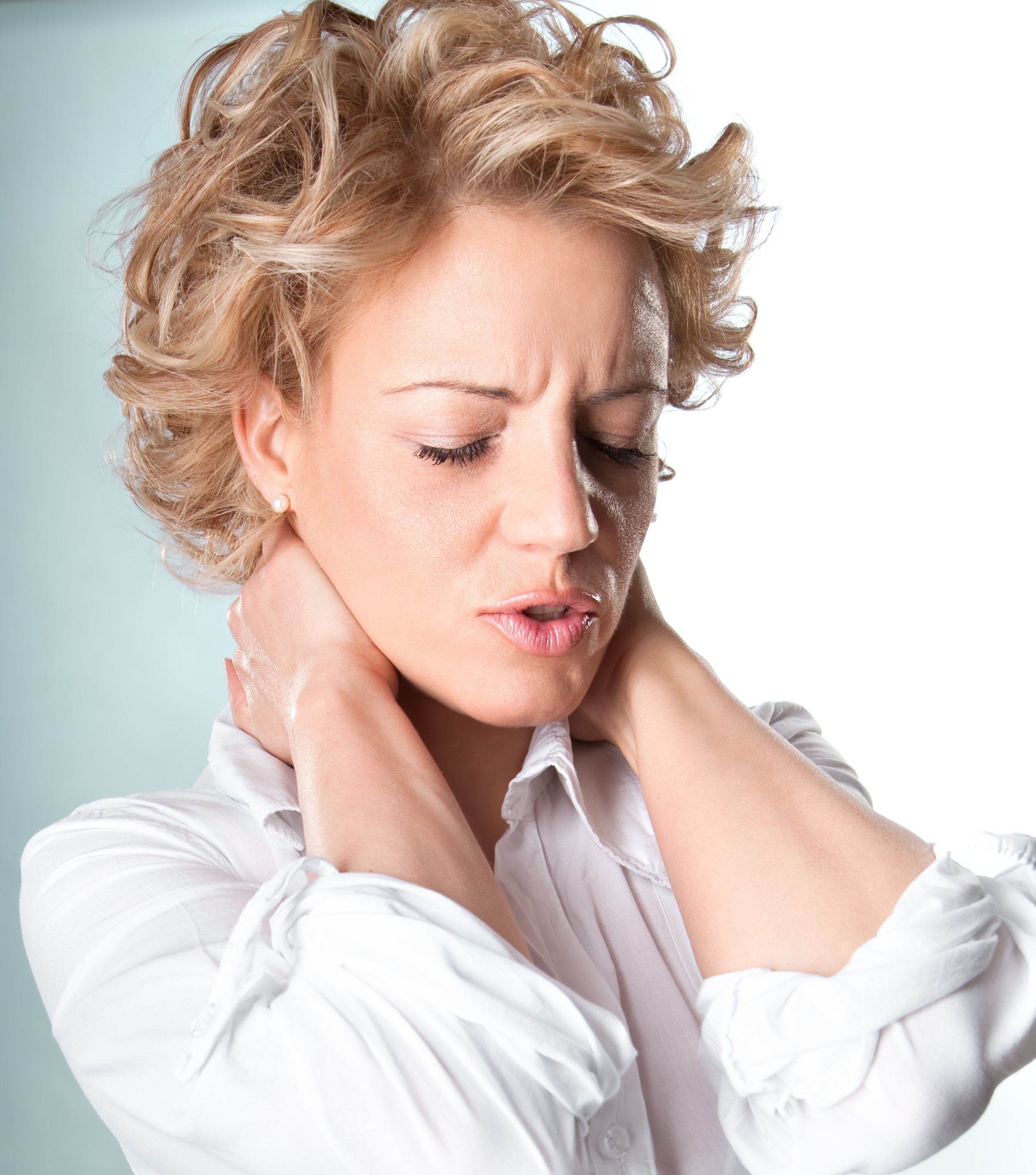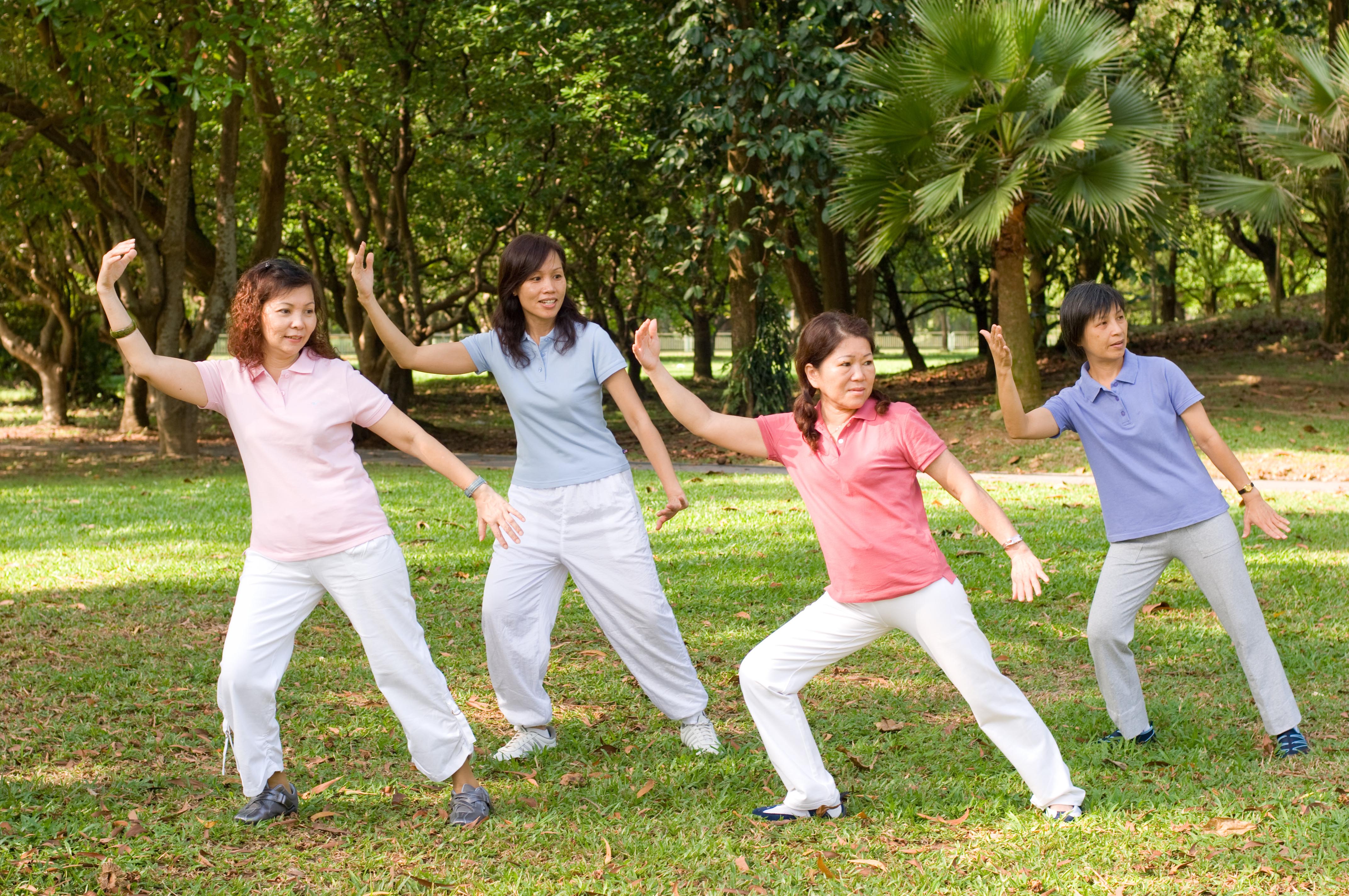Foot Pain In The Morning? Could Be Plantar Fasciitis
 Sunday, October 9, 2016 at 12:00PM
Sunday, October 9, 2016 at 12:00PM  Did you ever experience stepping out of bed in the morning and not being able to walk due to foot pain? How about starting a new running program and suddenly having to limp across the room because you can't put weight on your feet? There is nothing like wincing in pain as you make your way across the floor to the bathroom in the morning.
Did you ever experience stepping out of bed in the morning and not being able to walk due to foot pain? How about starting a new running program and suddenly having to limp across the room because you can't put weight on your feet? There is nothing like wincing in pain as you make your way across the floor to the bathroom in the morning.
Pain like this at the bottom of the foot is called plantar fasciitis, which is the medical term for irritation of the connective tissue on the bottom of the foot, usually felt at the heel. It is most commonly found in people over 40 years old and may occur with a significant increase in standing, walking, or running. In my clinic I often see patients who develop foot pain after starting an exercise program. Of course, instead of gradually increasing their activity, many people start day one with going long distances, often in shoes with poor support. Another common scenario is going on vacation which may involve standing and walking more than usual, again often in improper shoes. Other risk factors include obesity and decreased muscle flexibility in the foot and calf.
most cases of plantar fasciitis improve with conservative physical therapy treatment
Pain is prone to developing at the attachment point of the plantar fascia at the heel. Over time, repetitive trauma at this site may cause a heel spur which is a bony growth that may cause additional pain. Symptoms include pain with walking (especially if barefoot), standing, climbing stairs. The pain is often worst in the morning after the muscles stiffen up from not using them overnight.

Fortunately, physical therapy is effective in helping plantar fasciitis by using stretching, hands on manual techniques, ice, and taping. Your PT can also give you good advice on proper footwear and insoles. Using splints to help maintain muscle flexibility at night and using ice are useful treatments that can be done at home. Also, making sure you have shoes with a good arch support, especially when you first get out of bed in the am, helps a lot. Research shows that surgery is rarely required and most cases of plantar fasciitis improve with conservative physical therapy treatment.
The material on this site is for informational purposes only and is not intended to diagnose of suggest treatment for individuals. Consult your health care provider regarding your specific needs.
 FOOT PAIN
FOOT PAIN 

